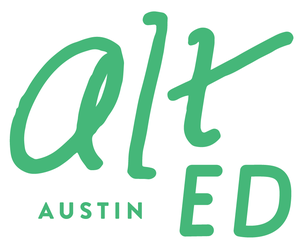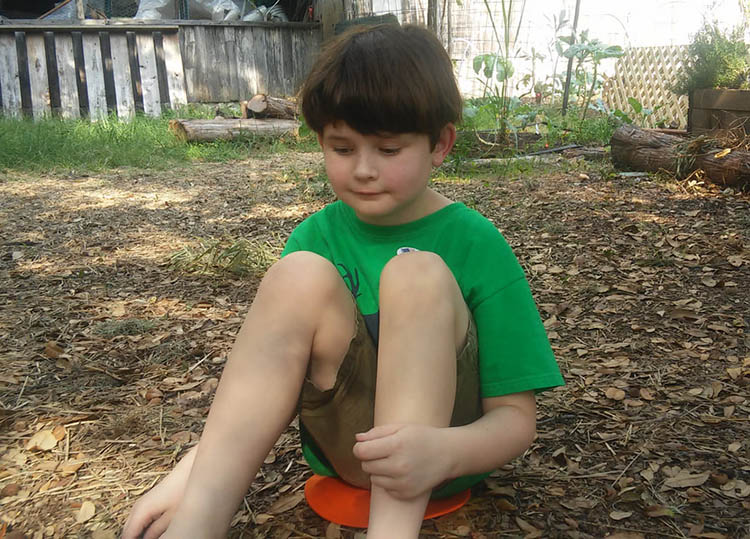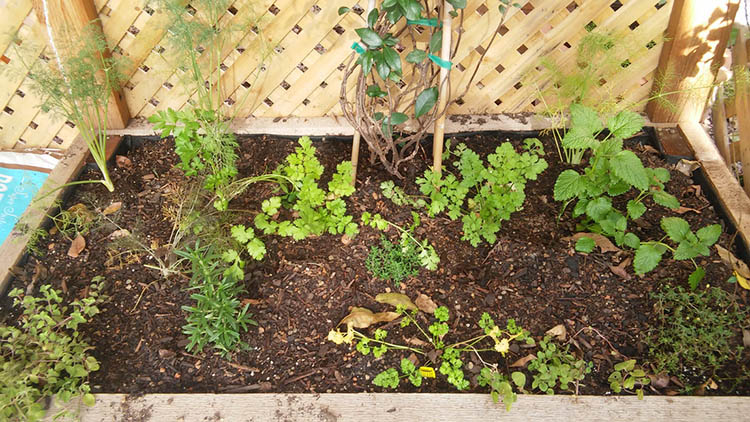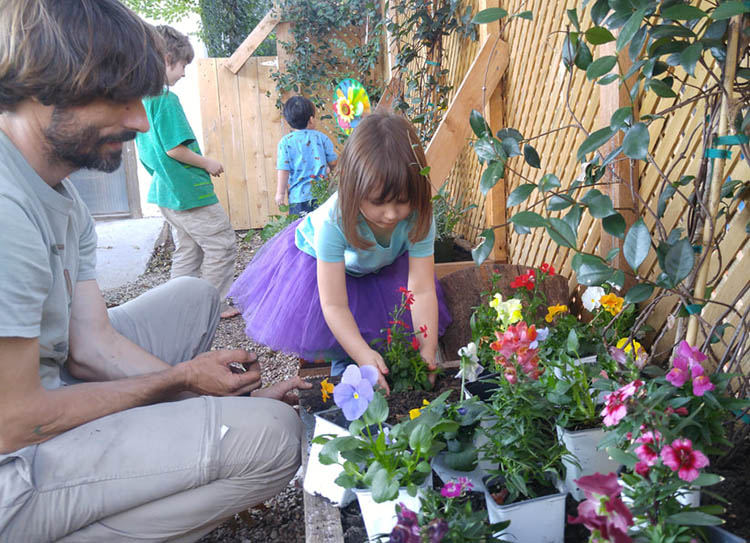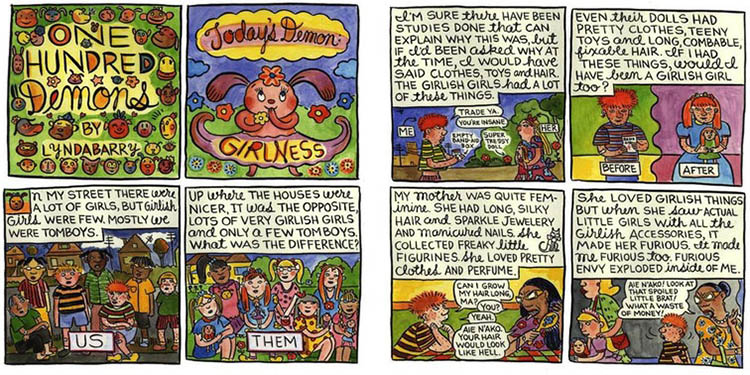Talking with kids about social media
/As a child-centered coach for teens and parents, guest contributor Courtney Harris supports children ages 11–19 in finding their voice, growing confidence, and thriving. Through 1:1 and small-group coaching sessions, teens and tweens are able to overcome anxiety, disconnect, and isolation as they discover their truest sense of self and develop a deep sense of empowerment. Courtney supports parents in self-care, growing alongside their children, and developing balanced sensitivity toward the process their child is creating. Sessions with both teens and parents guide families in developing the trust, communication, and connection that's crucial for a life of ease.
The following is republished with Courtney’s permission from her “Talking to Teenagers” series on her website, Courtney Harris Coaching; we encourage you to follow her on Facebook to learn more.
Teenagers spend up to nine hours a day on social media.
Let that sink in.
Now, consider: How many hours a day do you spend on social media? Right now, check battery usage under settings on your phone. Where have you spent your screen time in the last 24 hours and the last 7 days? And how much time have you spent? Let’s go ahead and admit that as adults, we struggle with device overuse, too.
Tweens and teens, however, have grown up socializing on and through social media to an extent that is unprecedented. During the teenage years, the brain is changing very quickly and can be easily influenced. Thus, impulsivity and the drive to impress others can occupy much of our young peoples’ thought processes. Enter social media and the ability to engage and interact 24/7.
This cocktail of impulsivity and nonstop stimulation can be a huge drain on teenagers and a massive barrier in family relationships. Parents often share with me that their teens have “unhealthy relationships” with their phones or laptop. They often continue, saying that they feel helpless and uncertain about how to help their teens navigate their relationships to technology and social media.
Get Curious About Your Teen
I’d like to invite all parents and supporters to work toward a curious approach when addressing social media with their teens and tweens. This requires letting go of our biggest fears about what they’re doing on their devices, our resentment over their addiction to their devices, and so on. While these fears and hurts may be real, it’s important that we loosen our grip enough to get curious and to listen authentically.
Here’s a list of open-ended questions (my favorite) that we can use to open space for our young people to share (and become aware of) their process:
- What kind of posts (that you see or create) make you feel joyful?
- What kind of posts (that you see or create) make you feel upset?
- How does social media help you express yourself?
- How does social media create a sense of competition?
- How does social media feel like a tool for you?
- How does social media feel like a chore/challenges for you?
- Where do you go online for support?
- Where, online, do you feel fearful or insecure?
- What will you create online? In your online presence?
All of these example questions can be followed up with a “why” or a gentle encouragement to dig a little deeper. As our young people engage in dialogue with us, it’s important that we refrain from responding with judgmental comments or quick advice.* The goal is to give our young people space to put a name to what they’re feeling and to grow consciousness of their behaviors and patterns. We are careful, in this dialogue, not to fault or scold.
*Of course, if our teen shares that they or someone they know is in danger, we must take action, set boundaries, or intervene.
I also encourage parents to share their own responses to these questions. This is a sweet, authentic, and inclusive way of modeling healthy behaviors for social media and technology usage. It is also a pathway to relating to our children, acknowledging that we, too, are challenged by social norms and pressures of the internet.
Creating Routines
Another crucial piece of this conversation is about helping our teens create routines that help them thrive, not just survive, this highly stimulating time of life. Co-creating norms for technology usage supports teens in growing awareness of their thoughts, feelings, and actions, and it encourages them to self-regulate. Norms and routines must be created together for our young people to feel a sense of ownership and purpose. Thus, we may use another series of questions to empower our children:
- What types of things do you need your phone for on a daily basis?
- What time should screens be put away, so we can get the rest we need?
- How long do you think you’d like to be on your phone for socialization each day?
- Where will you keep your phone overnight so that it doesn’t disturb your rest?
- What times or situations is phone usage not appropriate for?
- What types of things do you find it useful/fun/joyful to post/share about?
- What types of things do you find it unhelpful/hurtful/damaging to post about?
These questions allow our teens to develop habits that serve them, name their needs, and become aware of boundaries. Likewise, they provide parents the same opportunities.
Tips for Dialogue
- Start with one or two questions at a time. We aren’t interrogating or interviewing the child.
- Share the adult experience! This makes it a true dialogue.
- Adapt questions to individual languaging/style (but stay curious and receptive by using open-ended questions).
- Initiate this dialogue in a time free of technology-related conflict. Start with a fresh slate.
- Boundaries and safety are important. Trust your judgment if there’s something you know you need to intervene in.
- Revisit this conversation time and time again. Routines need to be updated as life and technology shift and change. Emotions and reflections will get lost in the daily pressure to perform from time to time. So, come back to these questions often. Come back to a calm, shared space of curiosity and conversation.
Courtney Harris
